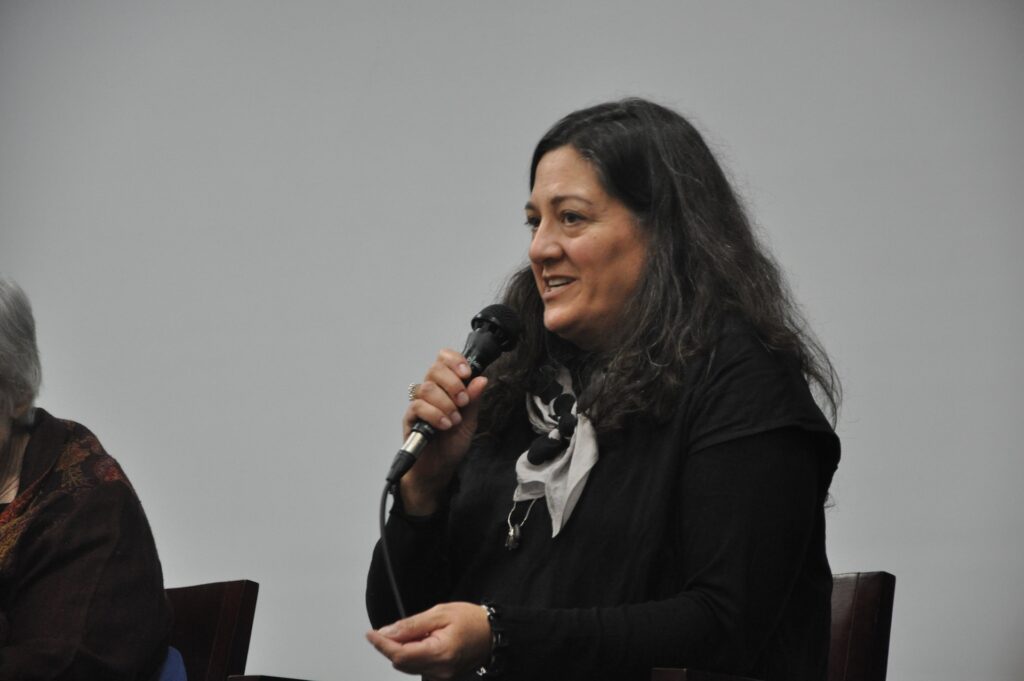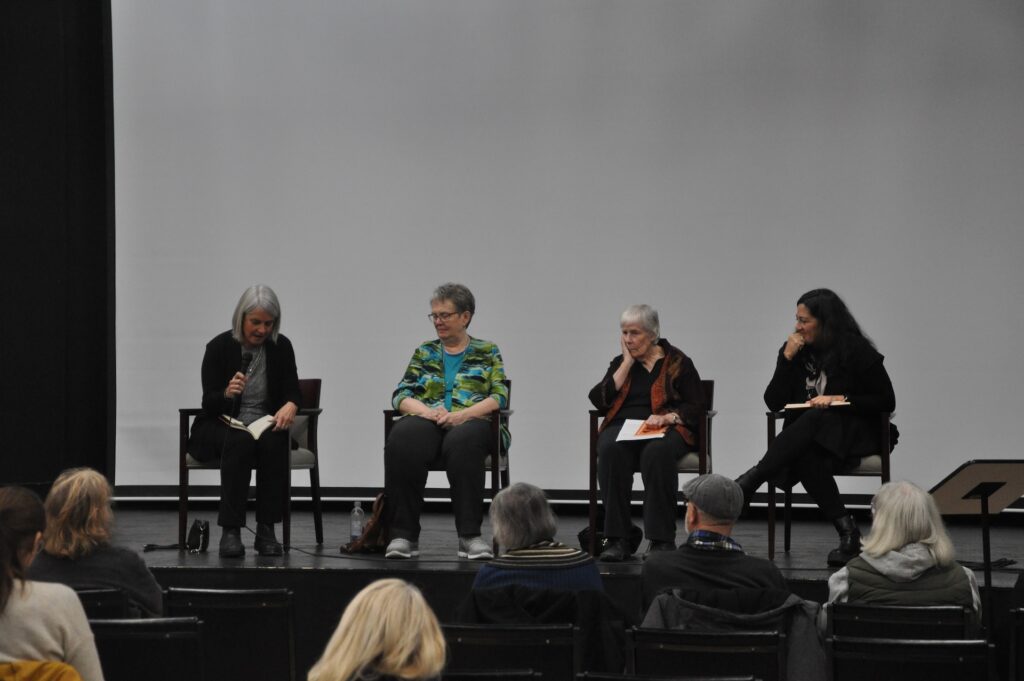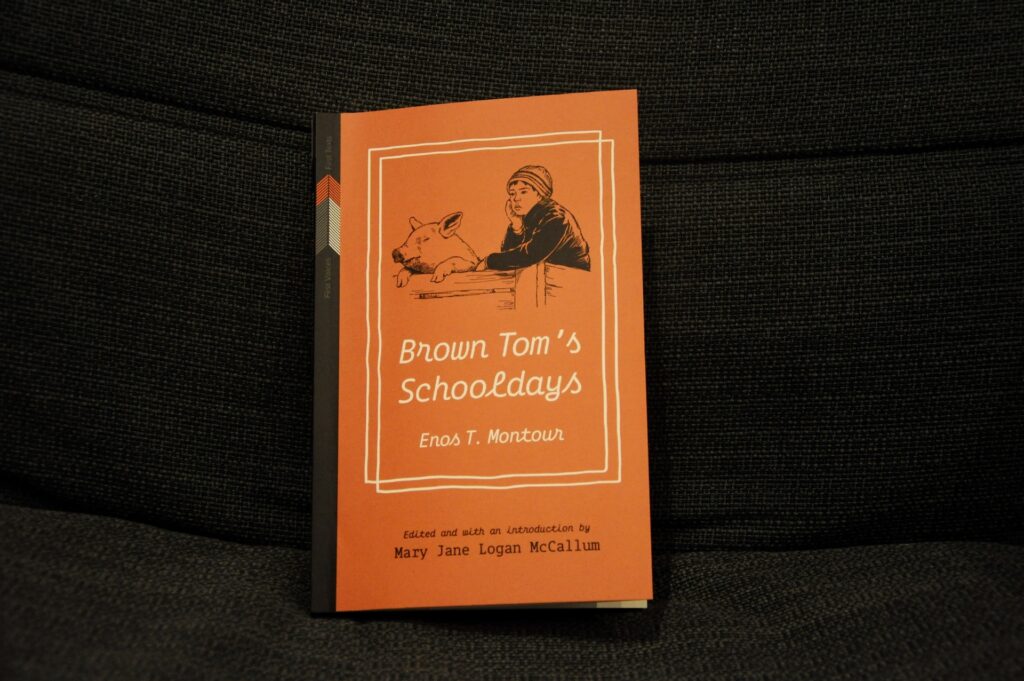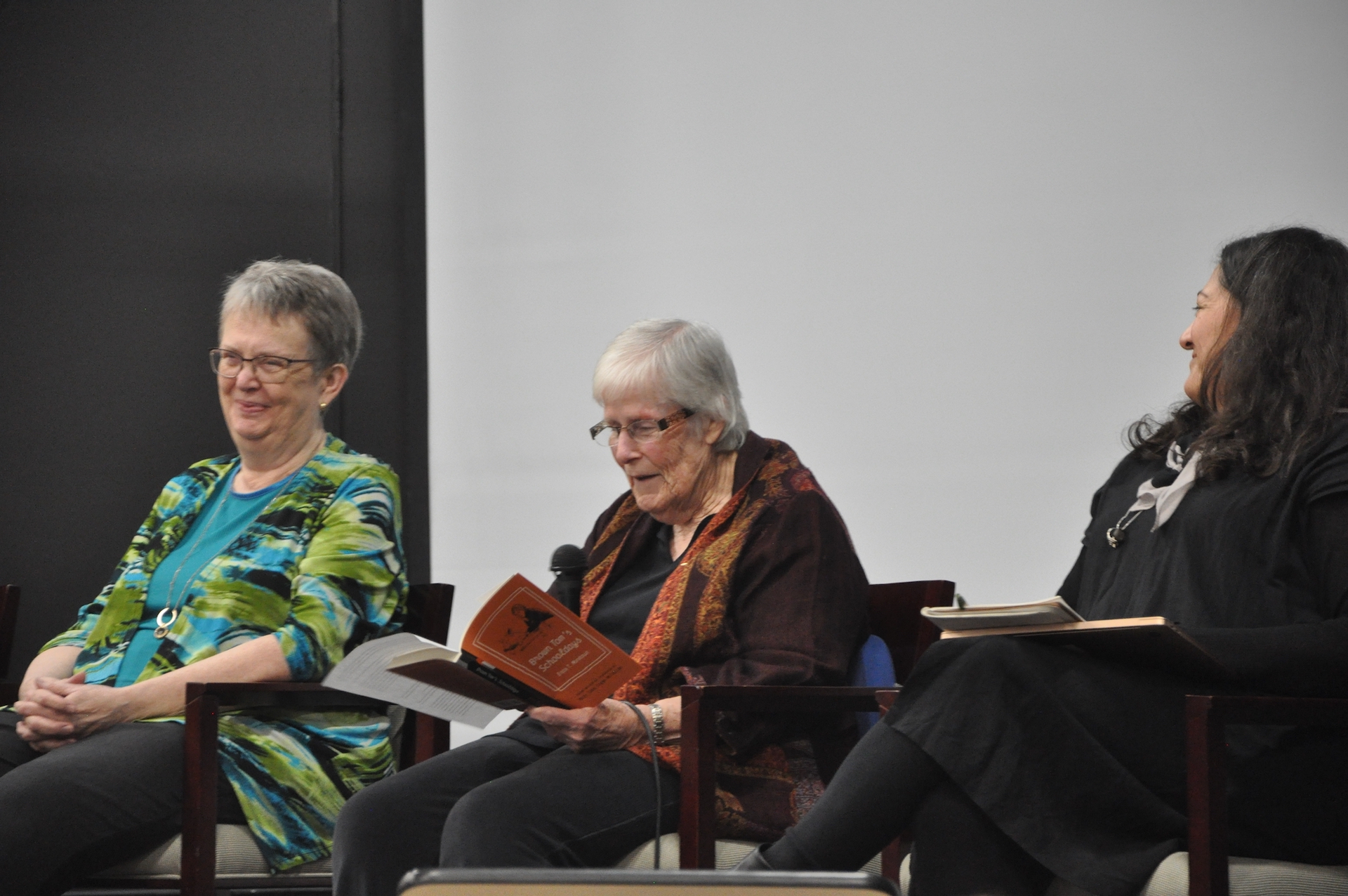Brown Tom’s Schooldays, written by the late Delaware writer Enos Montour and originally self-published in 1985, has been republished to reconnect readers with this unique window into Canadian residential school history.
Montour was born in 1899 at Six Nations of the Grand River and sent to the Mount Elgin Indian Residential School between 1910 and 1915. He later earned degrees in Arts and Divinity at McGill University and served as a minister with the United Church. He wrote Brown Tom’s Schooldays as a semi-autobiographical account of his time at the residential school.
Brown Tom’s Schooldays is an ironic play on the title of Tom Brown’s Schooldays, by Thomas Hughes. Published in 1857, Tom Brown’s Schooldays was highly influential on the “school novel” genre.
Montour’s novel follows Tom Hemlock, a First Nations boy attending Mount Elgin Indian Residential School between 1910 and 1915. The semi-autobiographical novel illuminates his school experience, with vivid descriptions of the loneliness, discipline, hunger, sickness, church, and work that he experiences.
Montour had been working on chapters of the novel as early as the 1950s, and later connected with Elizabeth Graham, a historian and researcher, to help him edit and type up the stories into a book. They were still working on it as Montour was well into his eighties.
He passed away in 1984 at his seniors’ residence in Beamsville, at the age of eighty-five. Before he died, he left instructions for copies of the finished book to be printed and distributed at his memorial service in 1985, with another copy sent to the National Library in Ottawa. Only a handful of copies remain from this first publishing.

This first edition was eventually viewed by Mary Jane Logan McCallum, a professor of history at the University of Manitoba whose research focuses on modern Indigenous histories. She first learned about Montour’s story through a footnote in the Final Report of the Truth and Reconciliation Commission (TRC), and was drawn to the story because her great-grandfather and his brother had also attended Mount Elgin. It offered rare insights into the school and Indigenous history; according to McCallum, Montour’s story is the only known substantive writing by a Mount Elgin student. It also incorporates real pieces of history, including the barn fire of May 16, 1915. With only one copy publicly available, the one at the National Library, McCallum eventually became determined to reprint it.
The book has now been republished by the University of Manitoba Press, as part of its First Voices, First Texts series. The new edition includes a foreword by Graham, the book’s original editor, as well as a lengthy introduction by McCallum.
The launch of this republication was celebrated at the Woodland Cultural Centre in Brantford on November 16. Graham and McCallum were both in attendance, joined by Montour’s granddaughters, Mary I. Anderson and Margaret McKenzie.

Addressing the audience, Graham talked about her experience collaborating with Montour on his book for the first publication, over 40 years ago. She noted that Montour had a “different technique” for getting his message across, often mixing in humour and positivity to make the stories “palatable.” The light moments stand in stark contrast to underlying unhappiness in the book, making both extremes more poignant.
“Enos reminds us that they were children, not numbers,” Graham said, “and very importantly, he helps us to understand that with humour… he and other survivors gain the incredible resilience needed to survive residential school.”
Anderson, who is Montour’s oldest granddaughter, spoke to the crowd about her memories of Montour as a grandfather, describing him as an “amazing person” with a “sense of humour.”
The stories about hunger, which are prominent in Brown Tom’s Schooldays, “they were always there, we always knew those stories,” Anderson said. She recalled one story about boys at residential school going into the vegetable cellar, hollowing out raw turnips, and eating the insides. “They left the shell, because you don’t want to leave any evidence,” Anderson said. “They had to have been so hungry.”
She praised McCallum’s work on the introduction of the book, which shares more information about Montour’s life and work, Brown Tom’s Schooldays’s publication history, and the operations of Mount Elgin. “You wrote about the man that I know, that I remember,” Anderson said.
The book is available for purchase online through retailers including Indigo and Amazon. At the request of Montour’s granddaughters, all book royalties will be going to the Woodland Cultural Centre.

